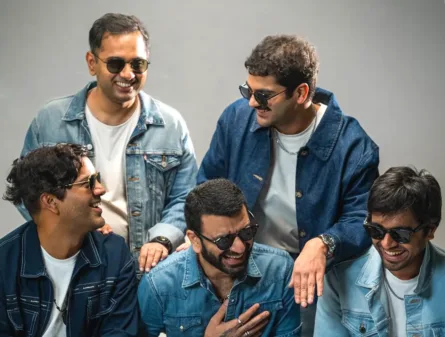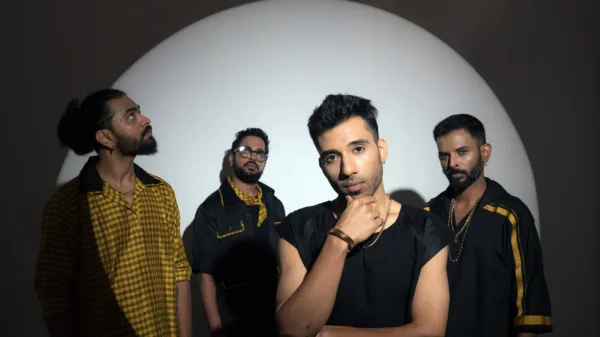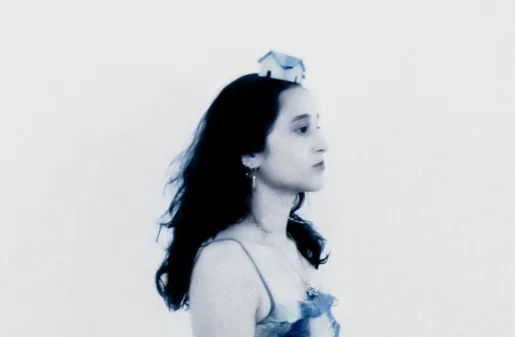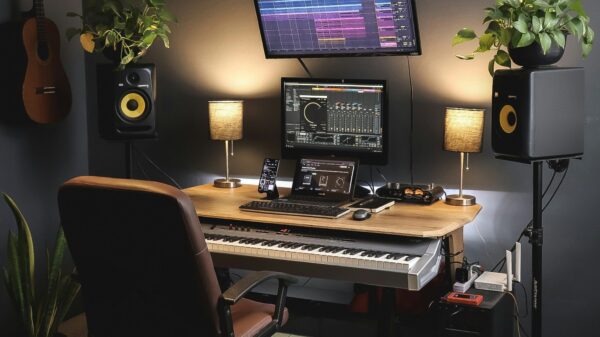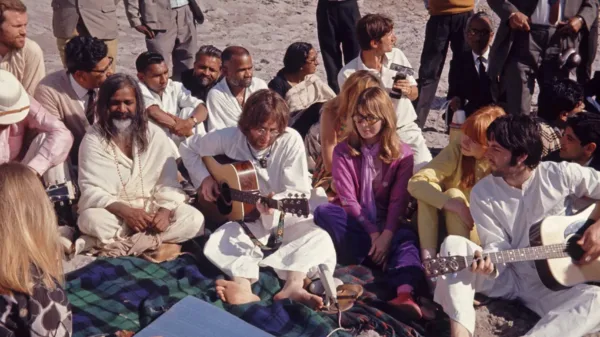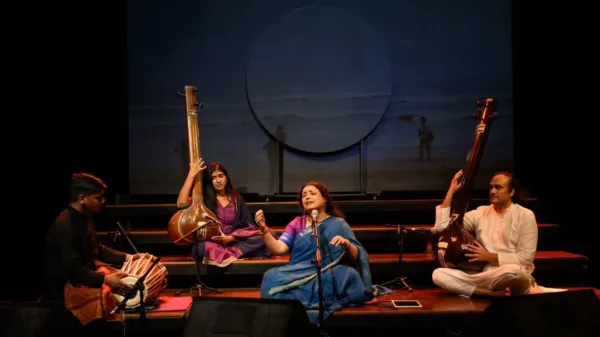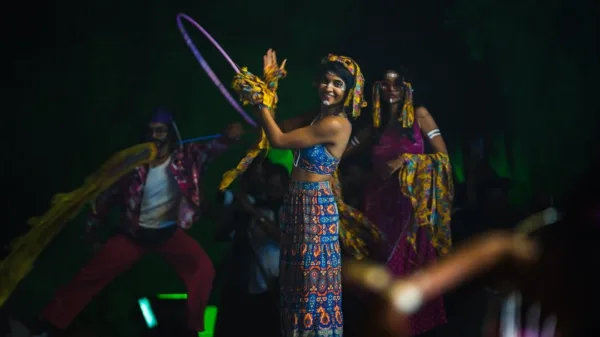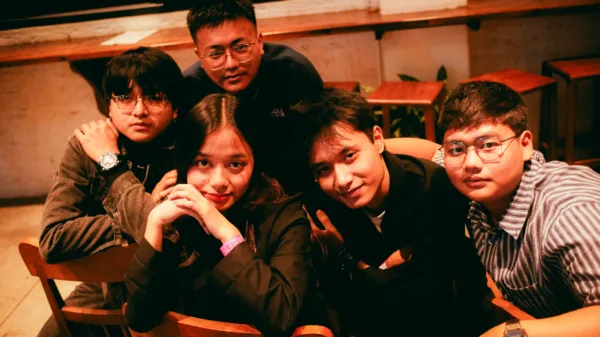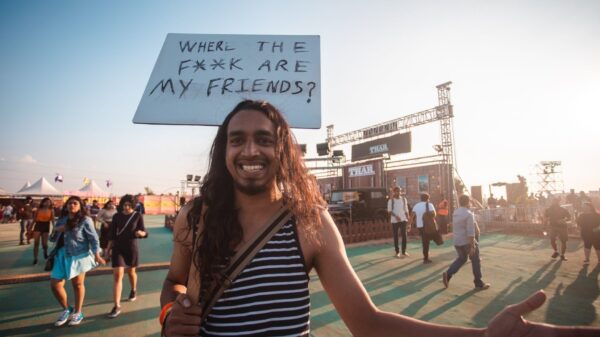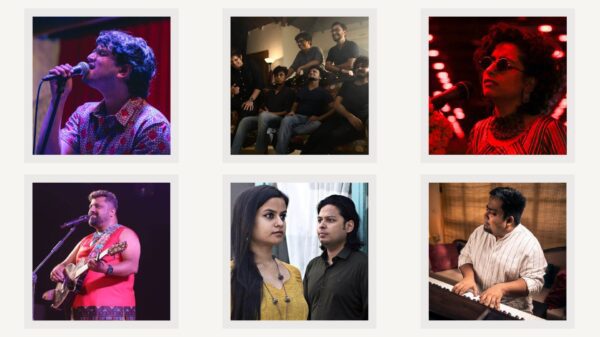Dhanji is a master. Dhanji is a genre. Dhanji doesn’t just jump on tracks. He makes tracks bops. It’s a matter of conviction. It’s a matter of being honest, cocky and confident together.
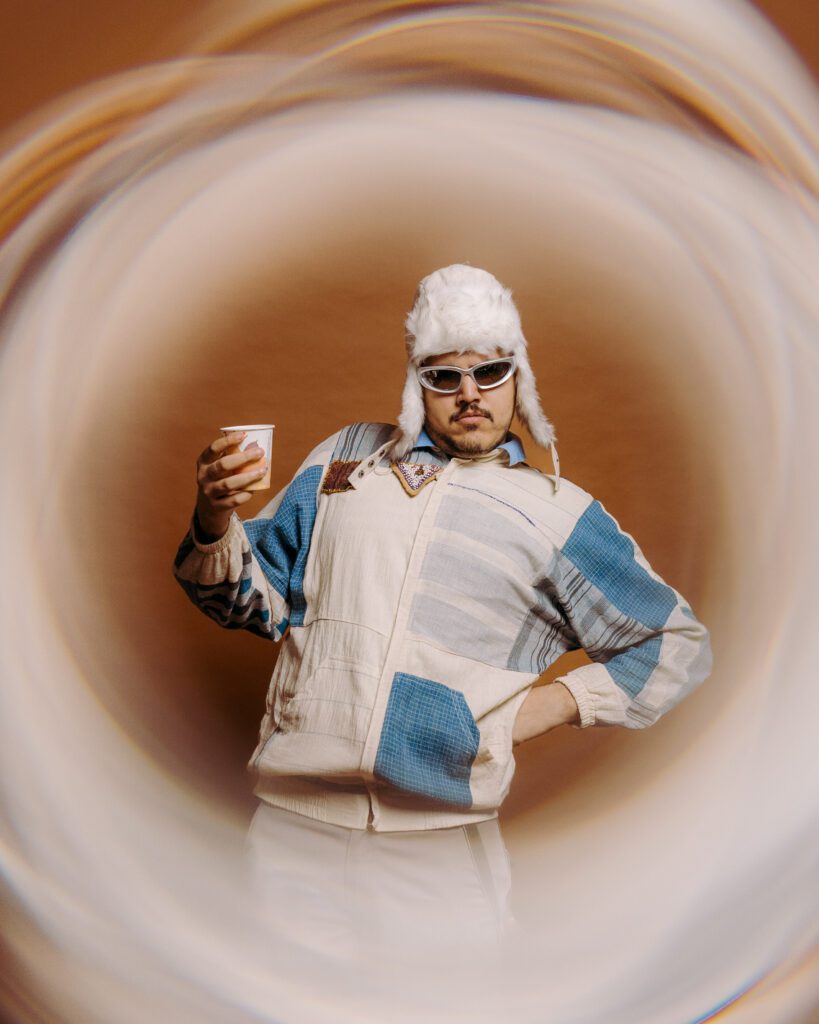
After the success of his groundbreaking album RUAB, Ahmedabad’s extra-ordinaire Dhanji is back with his mixtape Drive-in cinema 2.1, a completely new step moving more towards mumble and trap.
This mixtape has been in the making for nearly a decade, with some tracks and ideas dating back eight to ten years. Pieces of verses, hooks, and beats have come from different phases of Dhanji’s rap journey, stitched together into a mixtape that reflects his growth as an artist and as a voice for his scene.
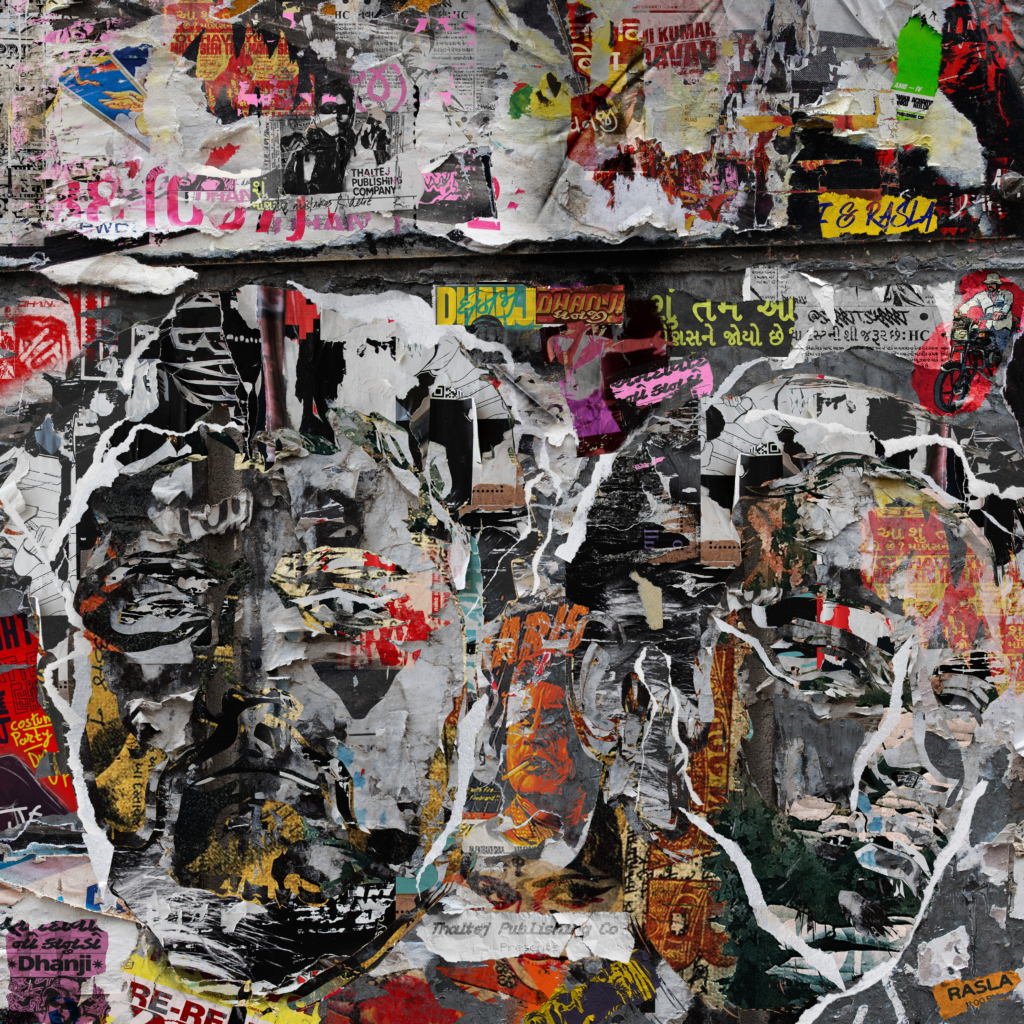
Dhanji has made a genre out of being extraordinarily and originally himself. hASHISHBHAI is a swagger. References are cross cultural but rooted mostly in Gujarati and desi prowess.
Chandni has Dhanji mockingly reminiscence- Tujhe Yaad Na Meri Ayyi
Roots are most necessary to Dhanji but despite being deeply rooted in Gujarati language he pushes barriers. He makes it cool to be desi in a way not many other artists can. While more and more artists succumb to westernization, Dhanji stays clear, stays himself.
The mixtape isn’t free of flaws obviously. It lacks the consistent brilliance of RUAB but then that was once in a lifetime effort. It will calm the fans, but they will be left asking for more.
At this point in his career, there are no bad moves. At this point in his career, there are only bad moves. Critics will be divided and oscillate from one to the other.

Dhanji is a self-confessed Dostoevsky fan. One of his favorite books is The Brothers Karamazov which is considered Dostoevsky’s opus. If RUAB was The Brothers Karamazov. This mixtape is Notes from Underground. Stellar yet short of that brilliance which exists undeniably in RUAB.
Italy Ni Piye Ame Daru is a fun track. Lots of booze clearly went into the making of this record for the references never fall short.
Saras Charas Karas is another track based on the same formula. The mixtape feels lyrically formulaic at times. The auteur has fallen short in this mix or maybe the weight of excessive expectations works against his plight.
Songs such as Khushy, Khushy, gushy, gushy are actually just mediocre and subpar. The mixtape could have had five songs lesser and worked better. No point making songs for listeners to skip in times such as ours when attention spans are shorter than song hooks.
Khota Kaam; Gota Kaam is another track I would skip. The hook is catchy but this is a departure from depth for Dhanji. Siyahi delivers a brilliant verse still.
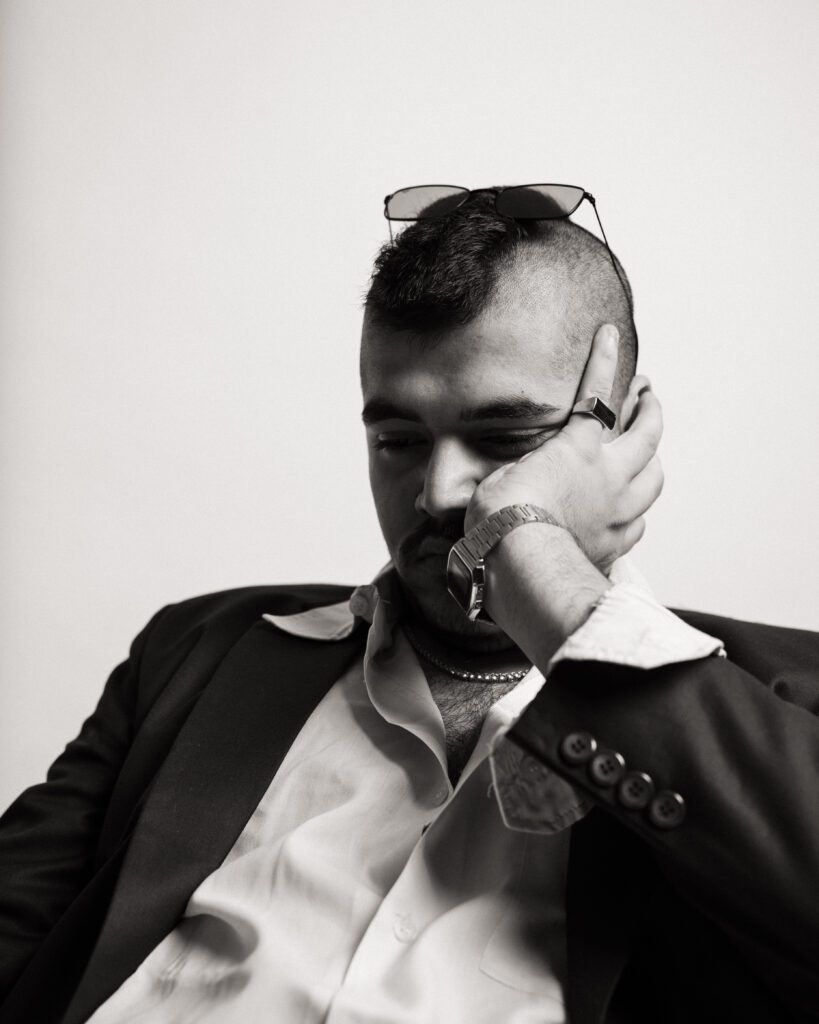
Khatla Par is one of the strongest tracks. Nakli Aur Asli Polis is another banger. Mahasangram Mahotsav towards the end is another nicer.
The mixtape doesn’t take itself too seriously which is both a pro and a con. Unlike previous tightly structured releases, Drive-In Cinema 2.1 is shaped by what Dhanji calls the RASLA process, a method named after producer Rasla’s unique approach to music-making.
It’s a way of creating where nothing is planned. Beats and verses are born out of open-air jam sessions, freestyled without filters, captured raw, and only later shaped into tracks after hours of listening back.
RUAB was Dhanji’s DAMN, Drive-In Cinema is his GNX.
Whatever one may feel. This is another definitive moment for the Amdavaadi rap scene that is already on an exponential rise.






